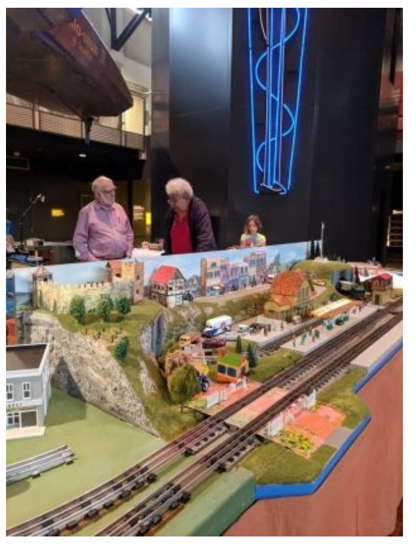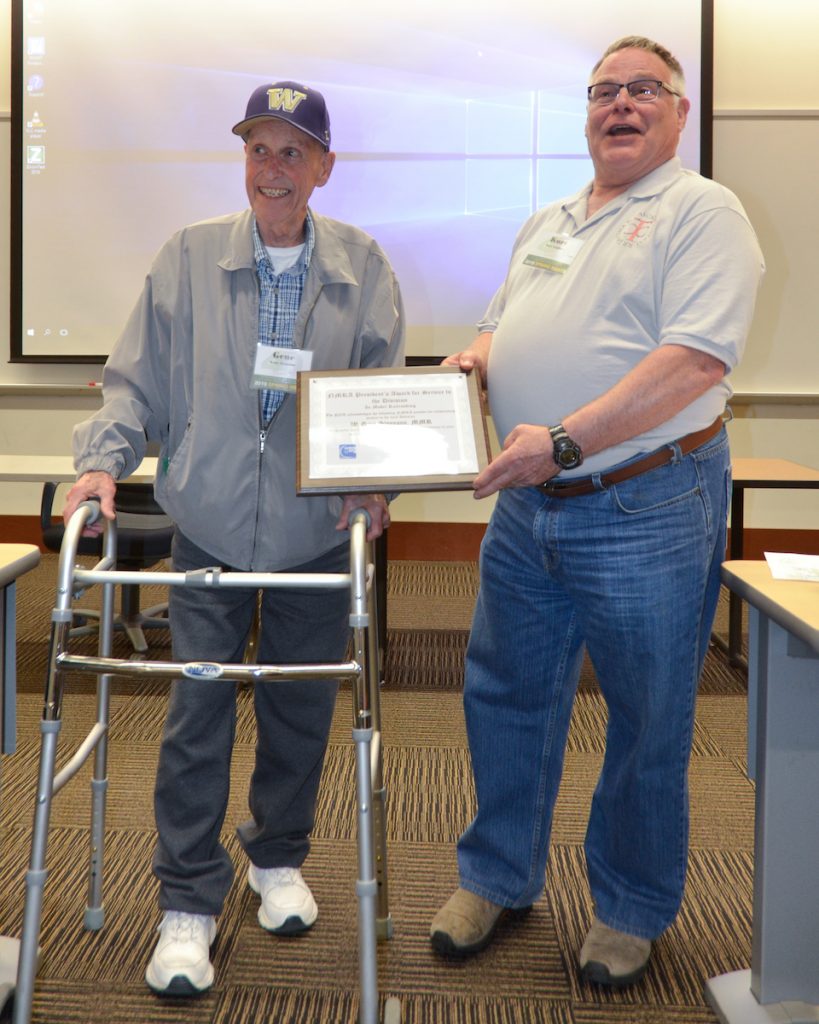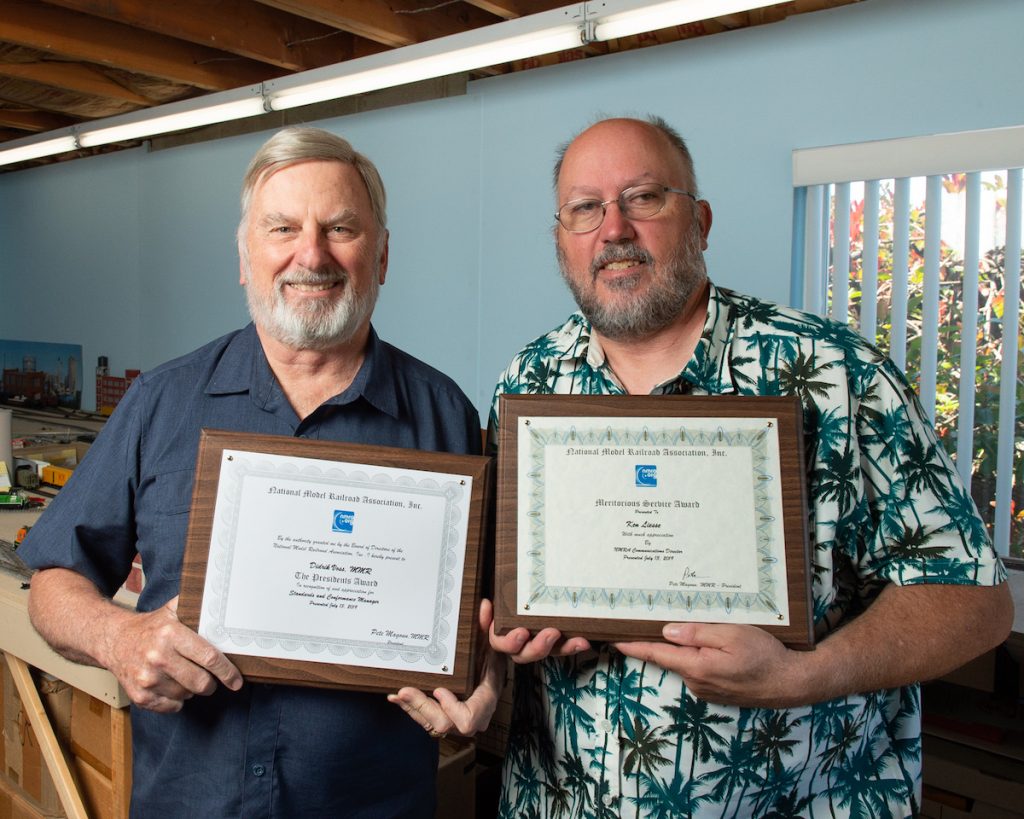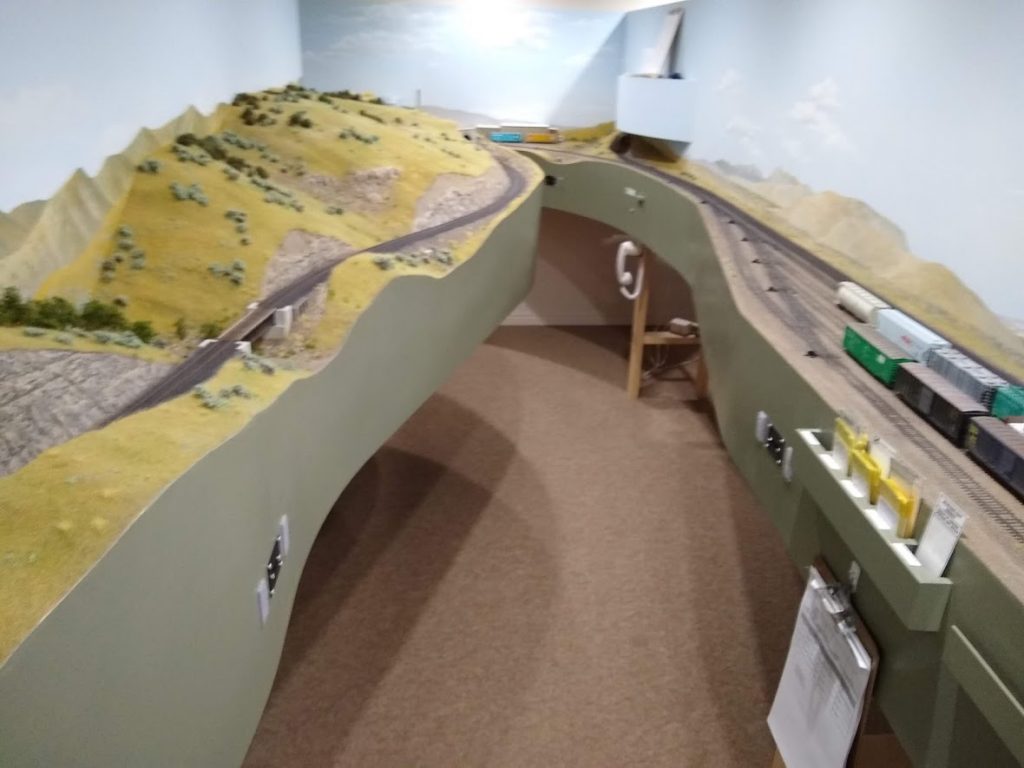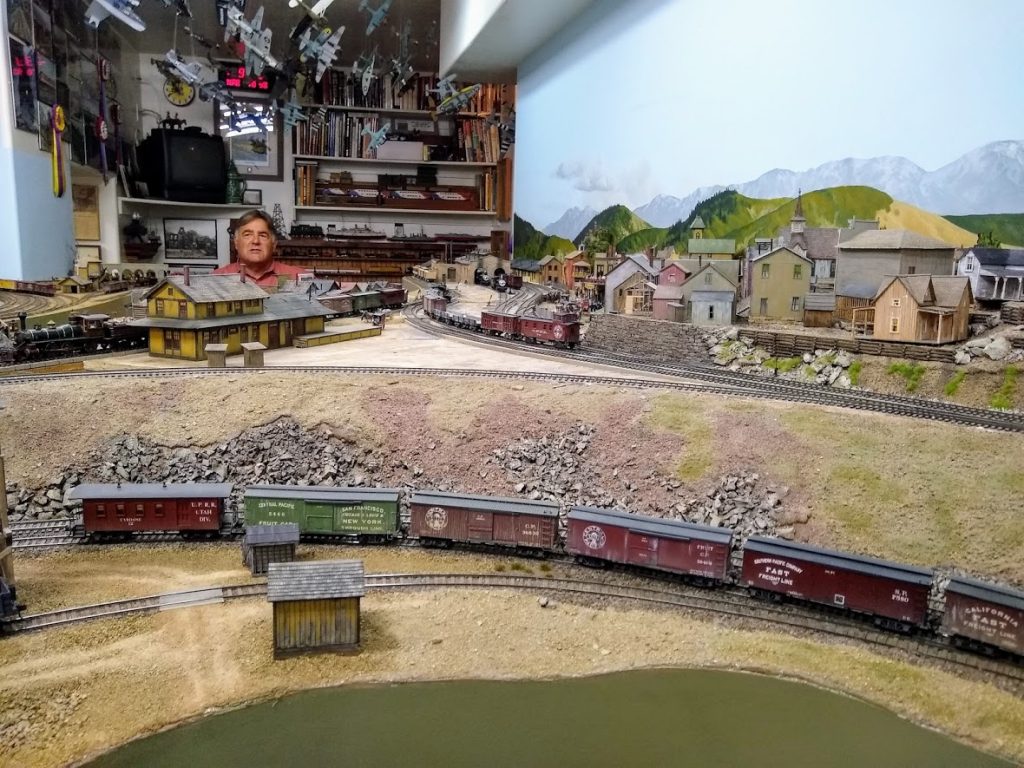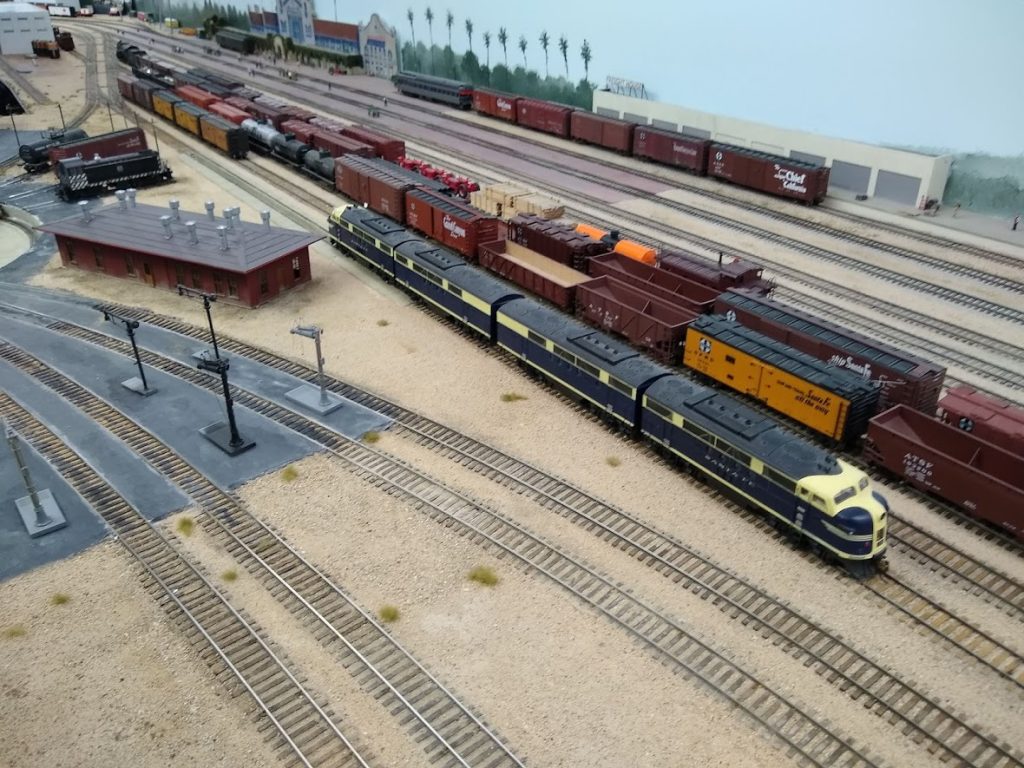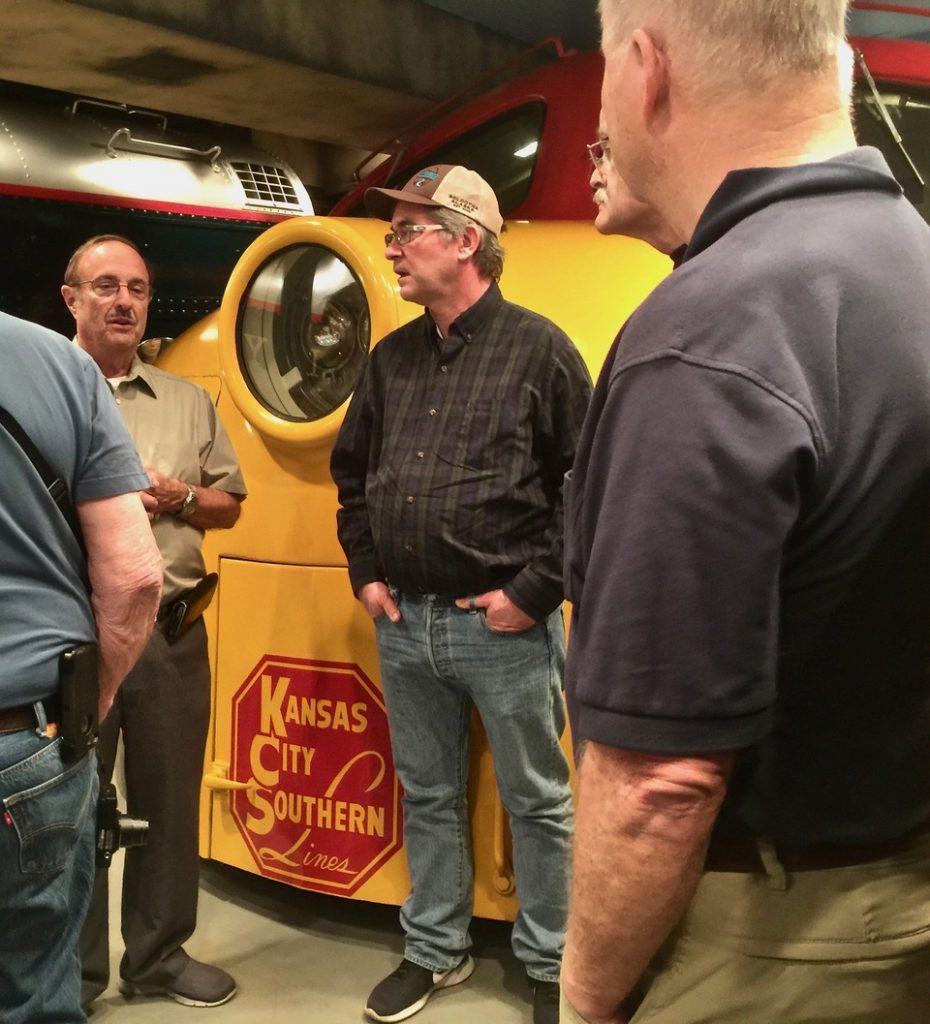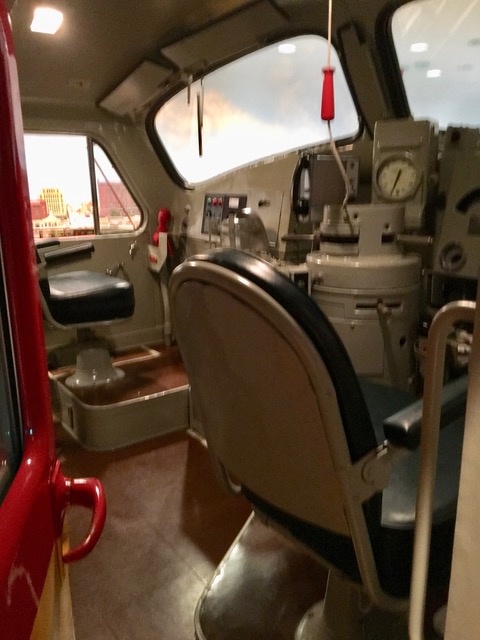By Dan Peters
I don’t know about you, but I didn’t take up the hobby of Model Railroading to spend a sunny summer afternoon ( well, dreary and drizzly ) reviewing spreadsheets and annual financial statements from a non-profit that I just happen to belong to. I took it up because I fell in love with trains, I love watching trains since I was growing up, the sound and the smell, and the feeling of the earth rumbling when they roll by. I loved playing with toy trains as a little kid, I imagined how I could make those toy trains look and move more like the real trains that I watched. And I got to ride real trains, to and from work, and to and from vacations.
Well, when the Spring Meet in Tacoma was announced, I thought it would be fun to add a prototype tour of my own design to the weekend. I happily entertained the idea as an alternative to attending the “business meeting” part of the Spring Meet.
My employer closed their Tacoma office several years ago, so I haven’t been to Tacoma in a while. In looking for ideas, I reminded myself that Tacoma has built a downtown Streetcar line since the last time I was there. This is not the same as Sound Transit Central Link Light Rail; this is a separate line to get people to and from their jobs downtown, and to and from a satellite parking facility across from Freighthouse Square. Best of all, it’s free to ride. Downtown businesses pick up the entire cost of the system. It’s probably so the developers making millions on all those new office buildings don’t have to pay extra to provide parking.
Oh, well, you’re probably saying to yourself, that’s just a Streetcar. Like all those people I talk to who say “Oh, well, that’s just Amtrak”. Call it a Streetcar, or call it Amtrak, call it whatever you want; it’s a real train, it’s full size, it’s a passenger train, and you can ride it. It’s the reason passenger trains were invented. It’s what we’ve got in the 21st century. And it’s why lots of us got interested in trains in the first place.
So, after the last clinic in the morning session, I gathered up my box lunch and drove downtown. I parked for free at Freighthouse Square. And the Streetcar stop was right outside, and the train was waiting. Trips are scheduled just a few minutes apart, so I’d bet there’s almost always a train waiting. Being Saturday there were plenty of seats. And they’re comfortable seats, too, not like the plastic bench seats on a Metro bus.
The train was great, too. Besides cushioned seats, they have giant picture windows, and large doors, and plenty of room for people with bicycles. It was a little bit noisier than an Amtrak train, but quieter than a Metro bus. And I like that Sound Transit “Ride The Wave” paint scheme. You just know that’s not going to last long, it must be pretty labor intensive.
The cars themselves are imported from the Czech Republic. They match the cars built for the Portland Streetcar system, the two Seattle Streetcar lines, Tucson, and Washington DC. The nomenclature can be confusing. When Portland build their first streetcar line, the supplier was a joint venture between Skoda and Inekon. The cars were assembled in Portland by United Streetcar, a nameplate of Oregon Iron Works, to comply with the federal “Buy American” law. The joint venture has since dissolved, but each partner continues to use the same design. Skoda cars are model 10T, and Inekon cars are model 12-Trio, the “T” or “Trio” indicating they are articulated into 3 sections, to accommodate sharp curves on city streets. Besides internal electrical details, the cars are externally identical, whether they carry a Skoda, Inekon, or United Streetcar nameplate. Newer Seattle cars on the First Hill line were assembled in Seattle by Pacifica Marine, who previously assembled the imported Talgo trains for Amtrak.
Regional and National conventions have “prototype tours”. Fourth Division Mini-Meets have had them, too, from time to time. My suggestion is, if there’s not a “prototype tour” to suit you, you can make your own. It sure beats spreadsheets and financial statements, any day of the week.
en.wikipedia.org/wiki/Tacoma_Link
www.traveltacoma.com/plan/link-light-rail
Dan Peters

